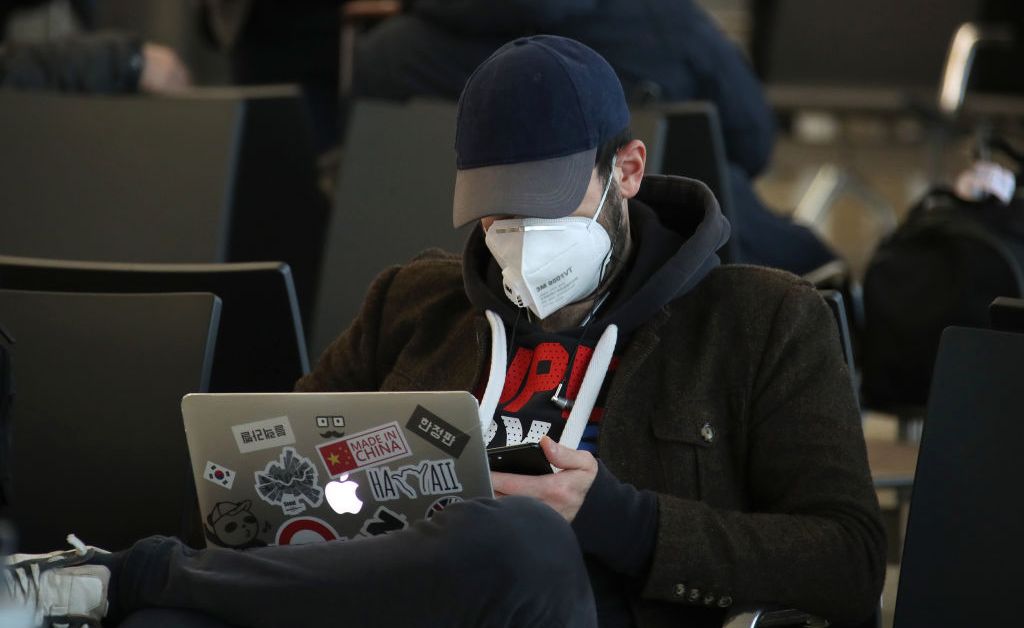
Our world is currently facing an unprecedented, very serious crisis with the spread of the COVID-19 coronavirus. With a lot of people forced to stay at home and to self-isolate, many businesses have been greatly impacted by the crisis, and we have also seen how the economy has taken a hit.
Rather than lamenting over lost in profits and potential revenues, it’s important to learn about the situation and prepare for what’s next. In some niches, the changes might be permanent and so businesses must plan to pivot as soon as possible.
Based on our evaluation of the last couple of months, here are some key changes in social media, advertising, and digital marketing in general.
Impact of COVID-19 on Advertising

Advertising is often one of the first expenses cut by companies’ time of crisis, and this COVID-19 crisis is no different.
Cowen analyst, John Blackedge, estimated that US advertising spend will drop by 11% in 2020 when compared to 2019. In the UK, advertising spend is also expected to fall by 16.7%, according to WARC’s expenditure report.
This expected decline is indeed disappointing because advertising spends during the early Q1 2020 was pretty high. The original estimates for the UK advertising spend in 2020 would grow by 5.2% in 2020.
Due to the self-quarantine period of the crisis, many B2B marketing consultants like Mike Khorev adapted their marketing plan to focus more on digital advertising. On the other hand, traditional campaigns like TV and print ads are expected to suffer more. Online display advertising spend is expected to drop by 12% in 2020, but TV advertising is expected to fall by 19.8%.
So, what can we do to adjust our advertising during and after this COVID-19 crisis? Here are a few tips:
Adjust your message
Many brands have adjusted their visual content to avoid using images displaying human interaction (such as shaking hands, hugging, etc. ), and on the other hand, images featuring people washing hands and health-related activities (including sports and fitness) are on the rise.
Target the platform where your audience is
Your target audience might have changed their platform preference due to them being forced to self-quarantine and WFH. They might consume social media more than usual, and so it’s probably better to shift your budget to social media advertising. Know where your target audience is, and pivot.
Help your audience
Many brands have offered public services during this quarantine period. HBO, for example, have offered some of their most popular shows for free. Figure out how your business can business your audience and the general public during this time of crisis.
Impact of COVID-19 on Social Media
The Coronavirus crisis has changed how people used social media across the globe. 66% of social media users expect their social media habits to increase significantly as they stay at home.

Out of those, 64% expect to watch more content on YouTube, 63% expected an increase in Facebook, and 43% expect to use Instagram more. Almost all of them expect to make online purchases, especially for groceries.
On the other hand, during this COVID-19 crisis, there has been a significant surge of social media content creation: more celebrities are active on Instagram nowadays, and a lot of them have suddenly started their YouTube channels during this quarantine period.
So, how can marketers capitalize on this opportunity to connect with their audience? Here are a few tips:
Engage people, don’t always promote
While this basic social media marketing principle has always been there even before the coronavirus crisis, but this is even more important right now. Even if you are a company, you can use this time to highlight the exceptional people in your company to bring more personality to your social media messages.
Adjust your message
Again, adjust your message. A lot of people are in fear at the moment, so don’t add to the fire. Post encouraging content, avoid images visualizing human interaction, and so on.
Help when you can
This is really a time to show empathy and help your audience where you can. Figure out where your business can make your contribution, and take this opportunity to stand out from your competitors. This can significantly help in building your brand and amplifying your reach.
Impact of COVID-19 on Digital Marketing
Based on our observations, there are three main issues in digital marketing (and marketing in general) faced by the majority of businesses:
- People are only looking for daily essentials (food, shelter, clothes), so it’s obviously more difficult to sell any non-essential products and services.
- Many people are avoiding physical interactions at all costs, and so businesses that rely on interactions are simply the ones hit the hardest. For these businesses, communication about how your business has taken all the necessary precautions (and more) is very important.
- Many people are dealing with lay-offs and/or are jobless at the moment, so businesses selling relatively expensive products and services might need to re-think their pricing strategies.
So, businesses must find new ways to tackle these obstacles. Use this period to build your brand and show your values to the customers. Show that you will take the necessary steps to help them regain trust by delivering valuable, relevant content and offers according to their needs.
Also, we’d advise not to solely focus on messages centred on COVID-19 but focus more on communicating your brand value. This is the time to build trust and lasting relationships, with the hope that after this crisis, you can leverage these newfound loyalties.
Conclusion
Above anything else, we have to stay positive and we have to remember that sooner or later, the COVID-19 crisis is going to pass. Hopefully, it passes soon and it had minimal impact on your lives. For the moment, practice physical distancing properly and take care of your health.
As for your marketing, we also have to remember that in every crisis, there will always be new opportunities. If you do have the budget, it’s time to double down, adjust your marketing messages, and capitalize on these new opportunities.

